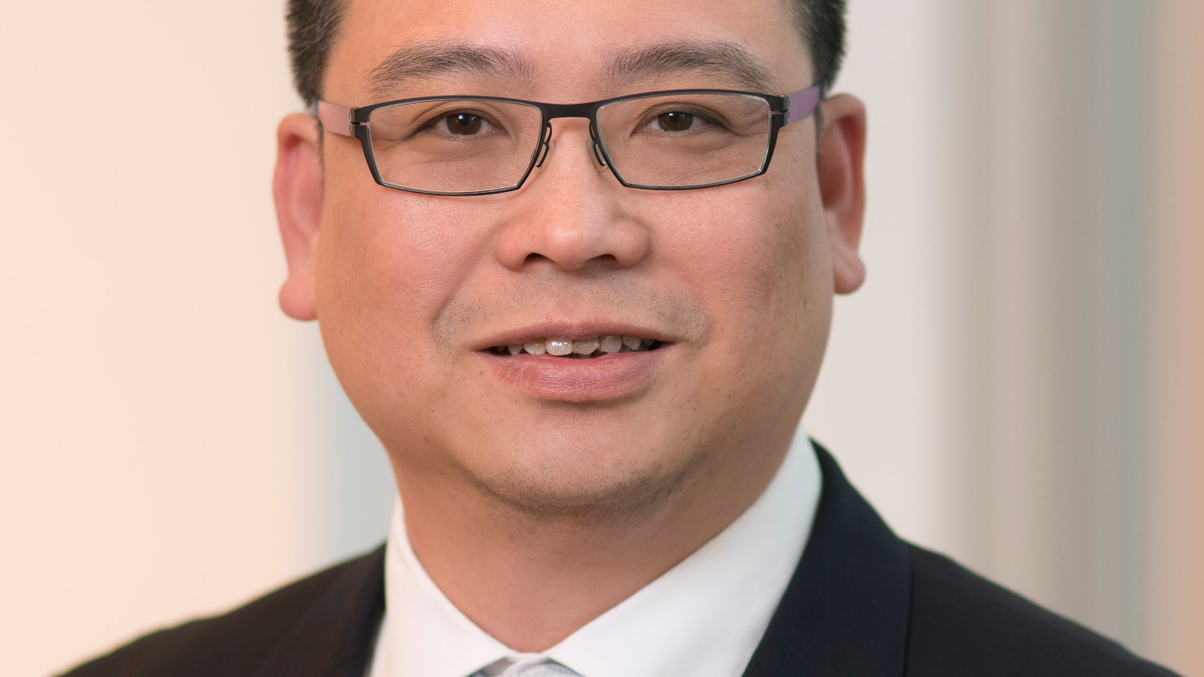UBS AM points to hurdles in creating IM WFOEs
The Swiss fund house has cited difficulties faced by foreign firms in setting up wholly foreign-owned enterprises for Chinese private fund businesses, but remains committed to this route.

Foreign asset managers are finding it hard to create investment management wholly foreign-owned enterprises (IM WFOEs) to operate private funds in China because the country’s securities regulator hasn’t issued implementation details, according to a senior executive from UBS Asset Management.
Sign In to Your Account
Access Exclusive AsianInvestor Content!
Please sign in to your subscription to unlock full access to our premium AI resources.
Free Registration & 7-Day Trial
Register now to enjoy a 7-day free trial—no registration fees required. Click the link to get started.
Note: This free trial is a one-time offer.
¬ Haymarket Media Limited. All rights reserved.


